Customer acquisition is an expensive business for brands all around the world, and the Chinese market is no different, which is why brands need to make customer retention a top priority. Community building is one of the most effective strategies brands can deploy to convert first-time customers into long-term advocates for the brand. This can take many forms, but brands are finding innovative ways of creating spaces for brand-to-consumer and consumer-to-consumer interactions to flourish—helping to drive repeat sales in the process.
The challenge of community building
One reason why retention is becoming more tricky is that the younger generation of Gen Z consumers is less loyal to brands. These consumers don’t shop for logos like previous generations. Many product categories have become commoditized to some degree, with one brand indistinguishable from another.
That means consumers will switch readily from brand to brand – unless they feel a deep connection with one brand over its competitors. Retention happens when the consumer feels they would “lose” something by abandoning the brand.
To have a chance of succeeding with retention efforts, a brand needs a compelling identity, based on a set of values that the brand communicates clearly and consistently. This identity must be powerful and assertive enough to resonate with the brand’s target consumer. And equally, although this may sound counter-intuitive, the brand should be comfortable in the knowledge that its identity will not appeal to all people.
From this starting point, the work of community building begins. The community should be a reflection of the brand’s identity and values, and the brand should define the community’s purpose. Why does it exist? What important function does it serve? Refining the answers to these questions should ensure that future members are inspired to join and participate in the community while doing community building.
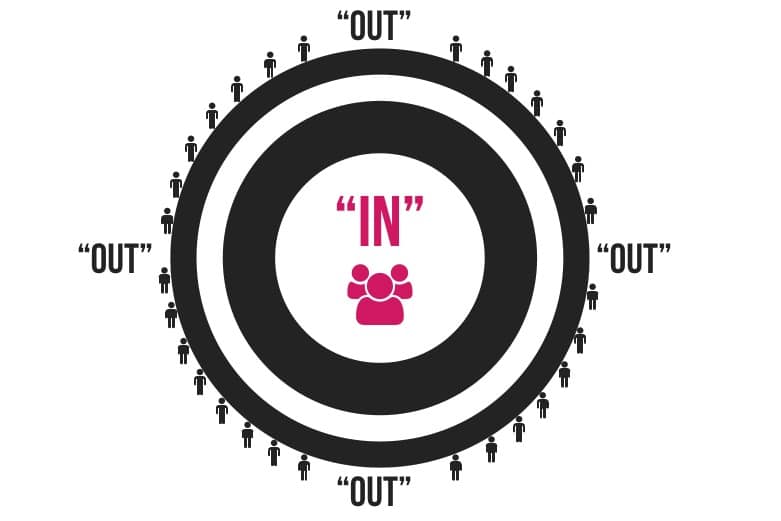
Cultivating exclusivity
Almost by definition, the work of community building is about creating an “in” group. And if there is an in-group, there is also an out-group. That’s why brands should not shy away from having strong values that inspire followership. If a brand stands for nothing, nobody will be offended—but nor will anyone care to advocate for the brand.
Part of the appeal of being a member of an in-group is the sense of exclusivity that membership brings. Short video platform Bilibili is known for its highly engaged user base, and one reason for this is that membership of the platform is conditional on passing a test. Prospective members are so driven to “join the club” that they will even pay stand-ins to take the test on their behalf.
In fostering an in-group mentality as its community building, a brand will likely want to create a sense of exclusivity or privileged access. Members need a reason to want to join, and they certainly need reasons to stay. An easy way to do this is by establishing how access to the community is limited. Membership of these groups may require an invitation from an existing member or moderator. It may be a privilege for all customers, or customers who make a specific purchase or take other action that distinguishes them as among the elite followers of the brand.
The Community Loop
The goal should be to create a “community loop” made up of an input-action-output cycle. The loop begins with the input—the point at which the customer is invited or otherwise joins the group. Then, the brand inspires action from members of the community that adds value to the broader group. For example, the brand might kick off a discussion by asking a question, or ask members to share their experiences using a product. The brand often incentivizes action by offering rewards for engagement. Member engagement itself creates added value—this output leaves the group stronger overall and more attractive to potential new members.
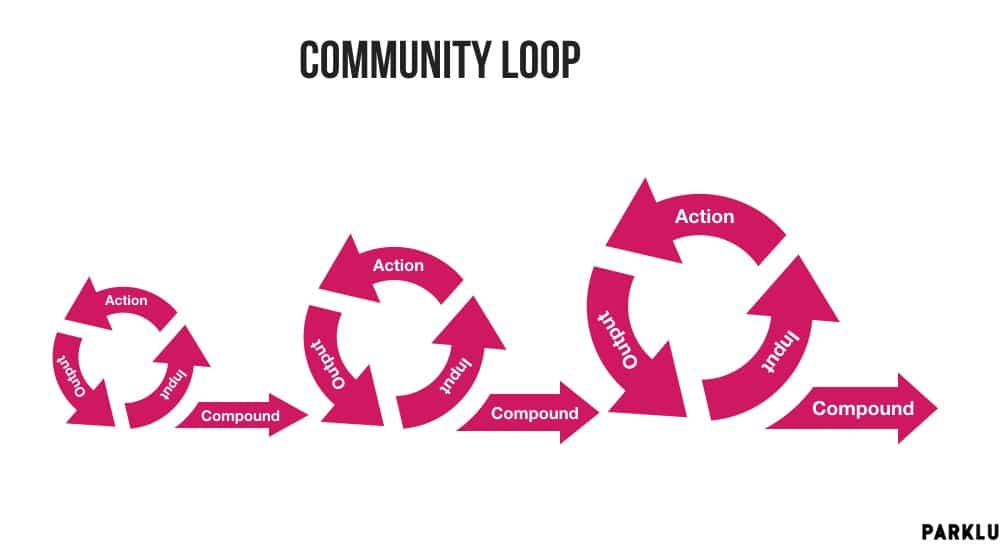 Community Culture
Community Culture
The Purpose of a community is the fundamental reason why the community exists. Answer the question: “Why are the things this community does important?” Members should find the community’s purpose of inspirational and motivational.
The community’s Philosophy is its distinctive and enduring principles and values. These direct how the community functions. Members should be able to consistently use these core attributes to guide their interactions, decisions, and actions.
Priorities are things the community must focus on and pay attention to now. The current environment and the anticipated near future are the factors that influence these things. Priorities enable the community to achieve short-term goals.
Ways to foster communities: Private Traffic
In China, brands are doing community building by making increasingly sophisticated use of private traffic channels. This has become a huge trend among brands over the past few years, thanks to beauty brand Perfect Diary’s pioneering use of WeChat groups to segment and rally its fans. However, more brands have jumped on board the private traffic bandwagon, including global giants like Nike.
These brands are borrowing the principles of private traffic from the ways KOLS manage follower relations. Most KOLs don’t use CRM to manage their lists of followers. Instead, they simply make their personal WeChat ID available on the profile page of their various channels. Inside their personal WeChat account, the KOL creates a private group for “super fans,” thus creating an elite tier of followers. The KOL creates exclusive opportunities, rewards, and incentives for these super fans, including Q&A sessions within the WeChat group, instigating conversations, and behind the scenes content. Brands work with KOLs on exclusive campaigns for the influencer’s super fans.
Done well, these communities are principally online and are not bound by geography, although a KOL or brand could move in that direction by segmenting fans by location.
Case Study: Perfect Diary
China’s number one selling beauty brand, Perfect Diary, harnesses its WeChat Service account for community building—which is used to track customer touchpoints, in-app interactions, build detailed customer profiles, distribute segmented communication, launch/manage various campaigns, sell, and integrate with a 3rd party SCRM—to encourage customers to follow the personal account of its virtual influencer, Xiao Wanzi. This provides brands with an open and granular communication channel. Note that following a brand’s WeChat Personal Account is commonly considered the base threshold to becoming a community member and is bona fide private traffic.
Once customers are following Xiao Wanzi’s personal account, they can be engaged via private messages, Moments posts, and invited to WeChat group chats. Perfect Diary is now leveraging Xiao Wanzi’s influence to launch a whole new sub-brand with its unique line of products. It is rumored that Perfect Diary has more than one million community members in private traffic.
Case Study: Nike’s Run Hai Lane
Nike’s community-building strategy is being fostered both online and off. In 2015, Nike committed to aiding in the development of China’s running culture, and its community-building initiatives have gone through several iterations since then. In January 2020, Nike broadened its scope and decided to support existing running clubs with the launch of a physical location in Shanghai called Run Hai Lane. Run Hai Lane is meant to serve as a meeting place for Shanghai’s running clubs. The space is free to use, and Nike offers free services like photographers, professional courses, contests, customized T-shirts/badges, and opportunities to try new products.
Nike’s team starts by connecting with the organizers of running clubs around Shanghai. Of course, each running club has its own WeChat group, and it’s not Nike’s intention to hijack organizers’ groups but to connect club organizers with its own private WeChat groups. When running club members join Run Hai Lane events, Nike’s team will invite them into Nike Run Hai Lane WeChat groups to share event information and photos.
This multi-pronged community development strategy goes so far as to affect the brand’s product development and pricing.

Nike’s Run Hai Lane in Shanghai
Case Study: Art and Aroma
Tmall customers are encouraged by Art & Aroma’s customer service staff to add one of the brand’s four private WeChat accounts. After adding the accounts, customers are segmented into different categories and WeChat groups, such as skincare, haircare, and discounts. The four accounts regularly post on Moments, with 25 percent of posts being about skincare, 25 percent being about future events and live streaming, and the rest share the daily lives of the three founders. Art & Aroma also actively participate in customers’ lives by liking and commenting on customers’ Moments posts. Art & Aroma focuses heavily on private traffic—their personal WeChat accounts currently manage around 4,000 contacts.
Whatever approach the brand takes, the challenge is designing customer touchpoints within their community that allows the brand’s humanity to manifest. When brands behave more like humans—in a more nuanced way, with appropriate intent, demonstrating mutual benefit, relevance, appropriate timing, and emotion—they develop stronger bonds with consumers.
Retention is the best customer acquisition strategy.
Brand marketers do not need another acronym; they need a paradigm shift in thinking. Key Opinion Customers (KOC) are often interpreted as Micro or Longtail-KOLs, and thus, many brands are developing strategies around a poor interpretation of a fundamental idea. Every brand has KOC. It’s what brands do or don’t do to leverage KOC that makes the difference.
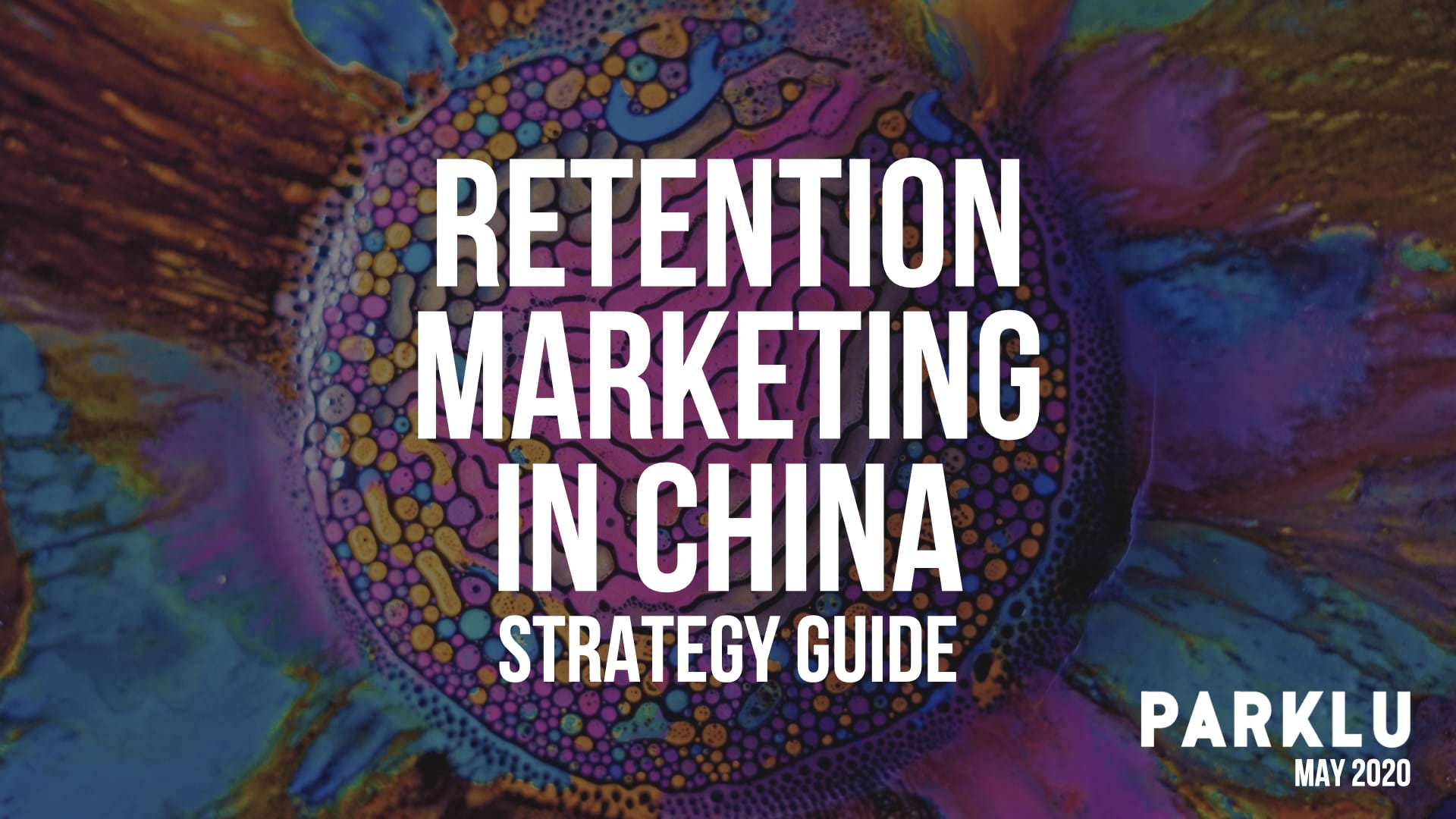

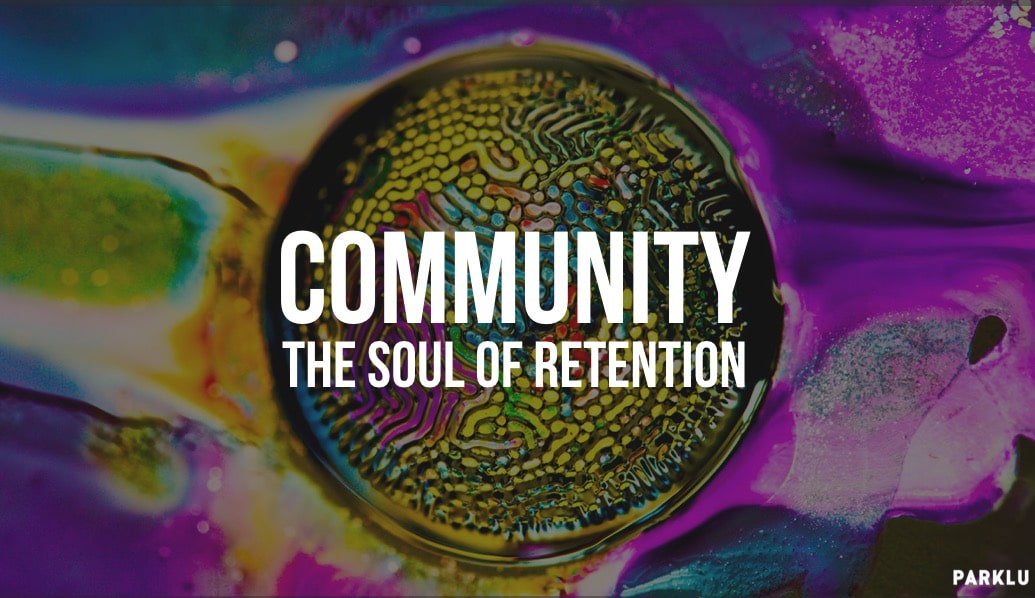
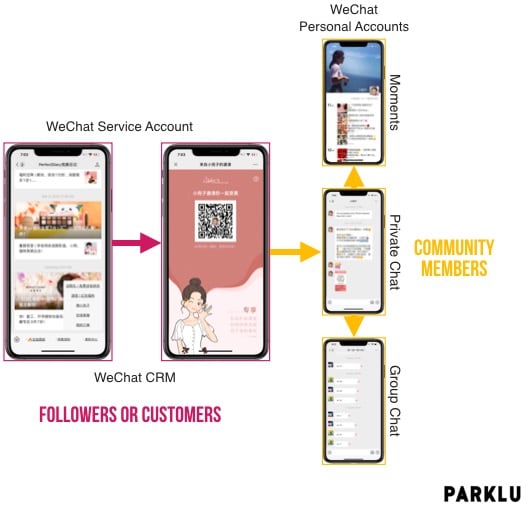
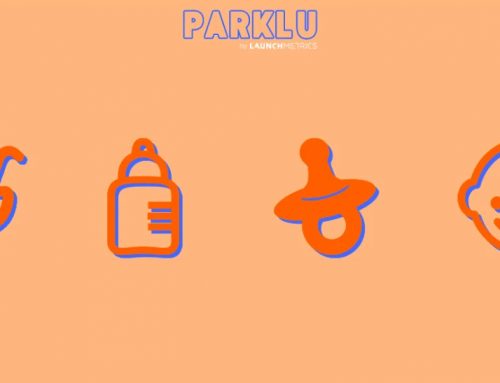

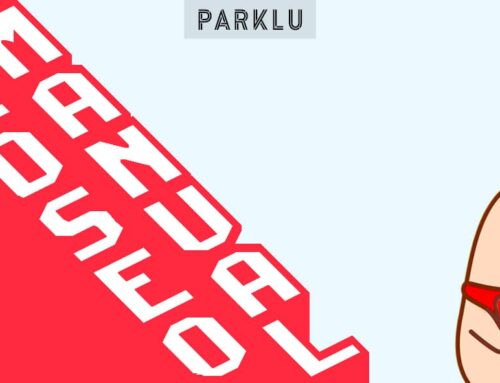
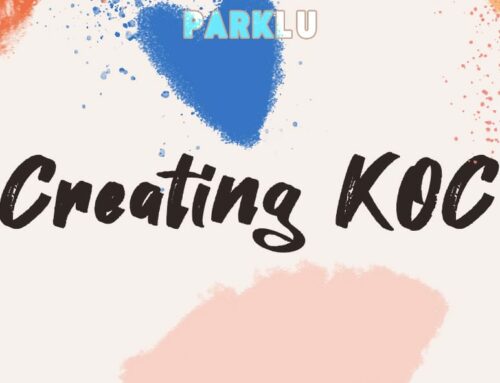

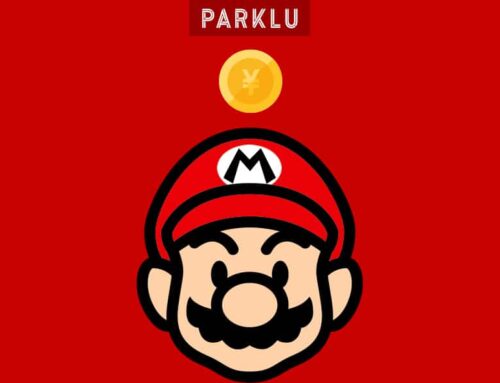

Leave A Comment